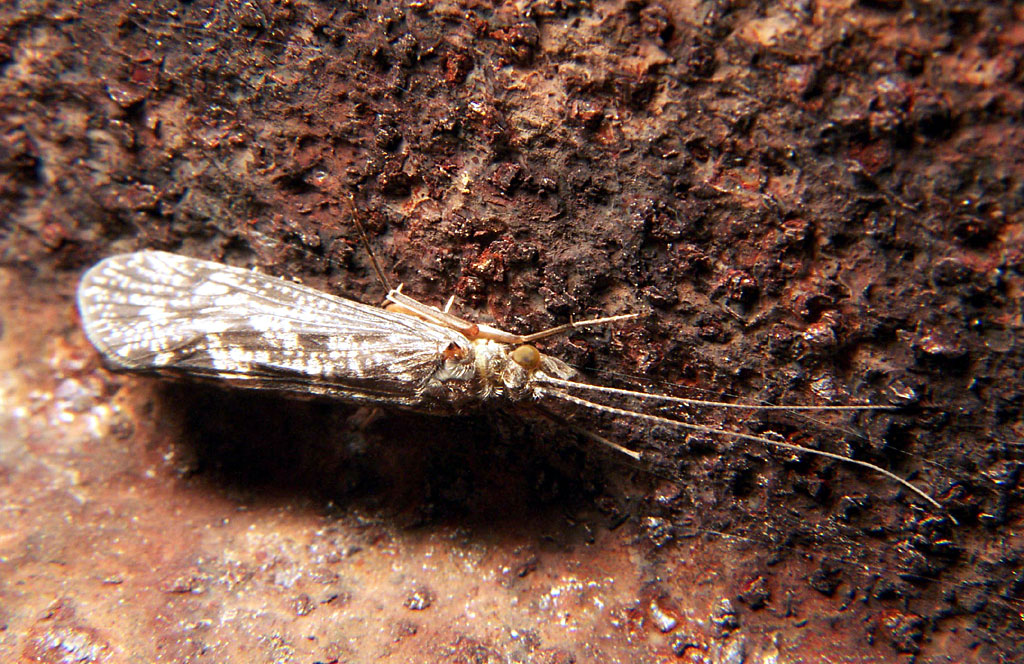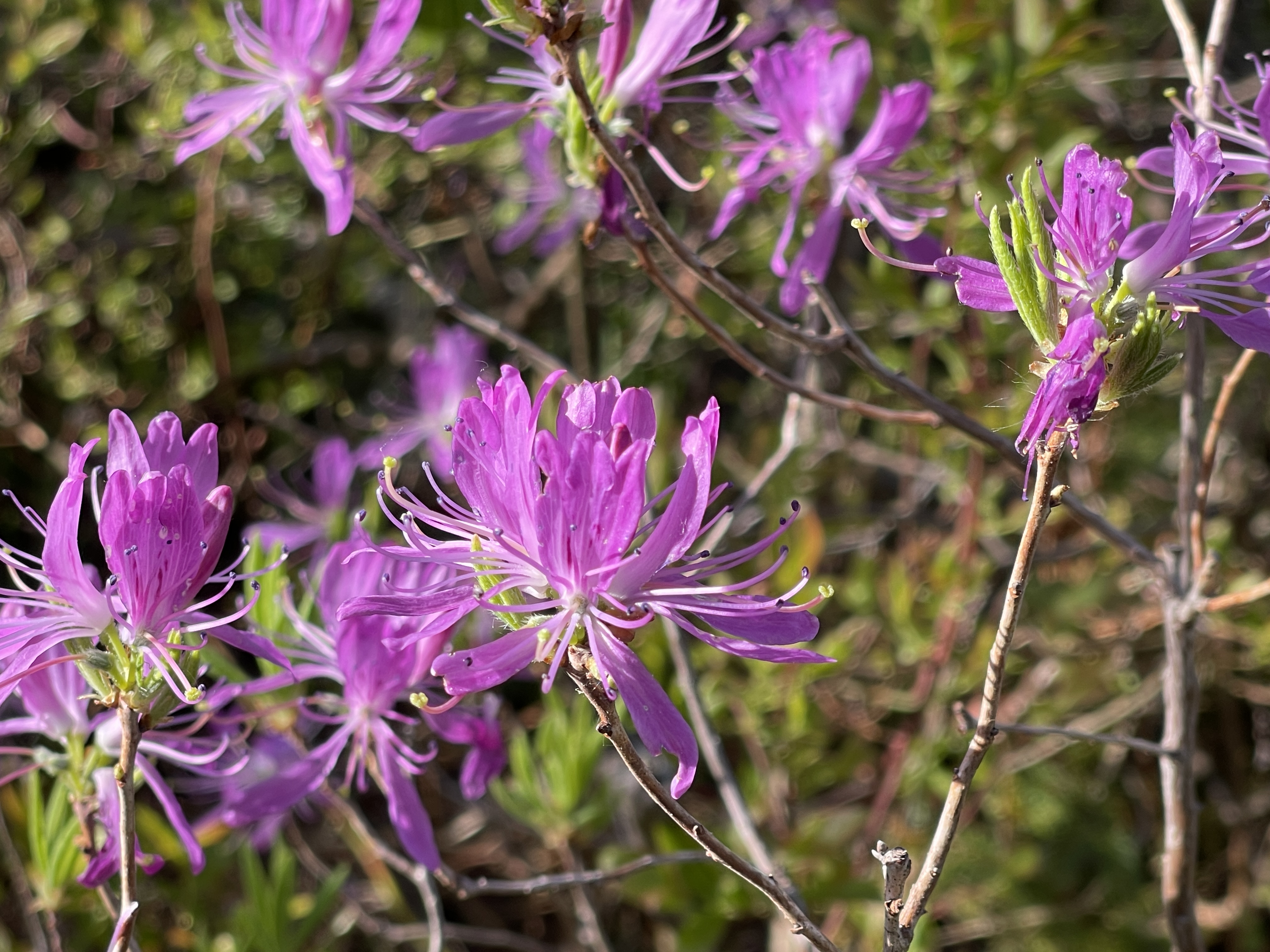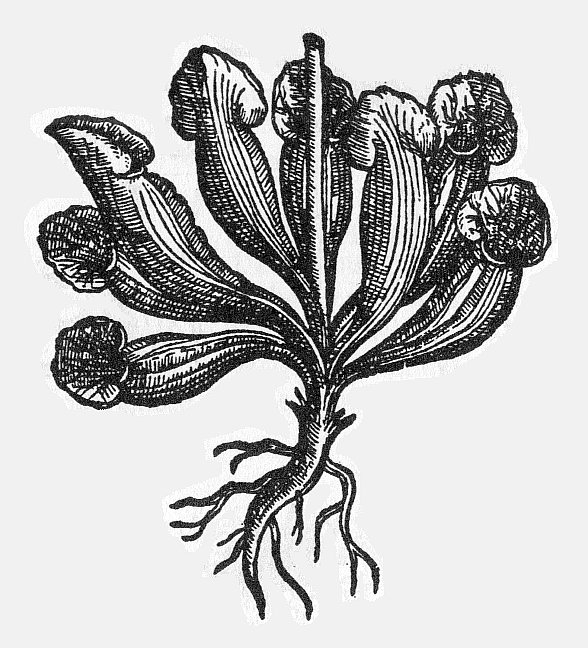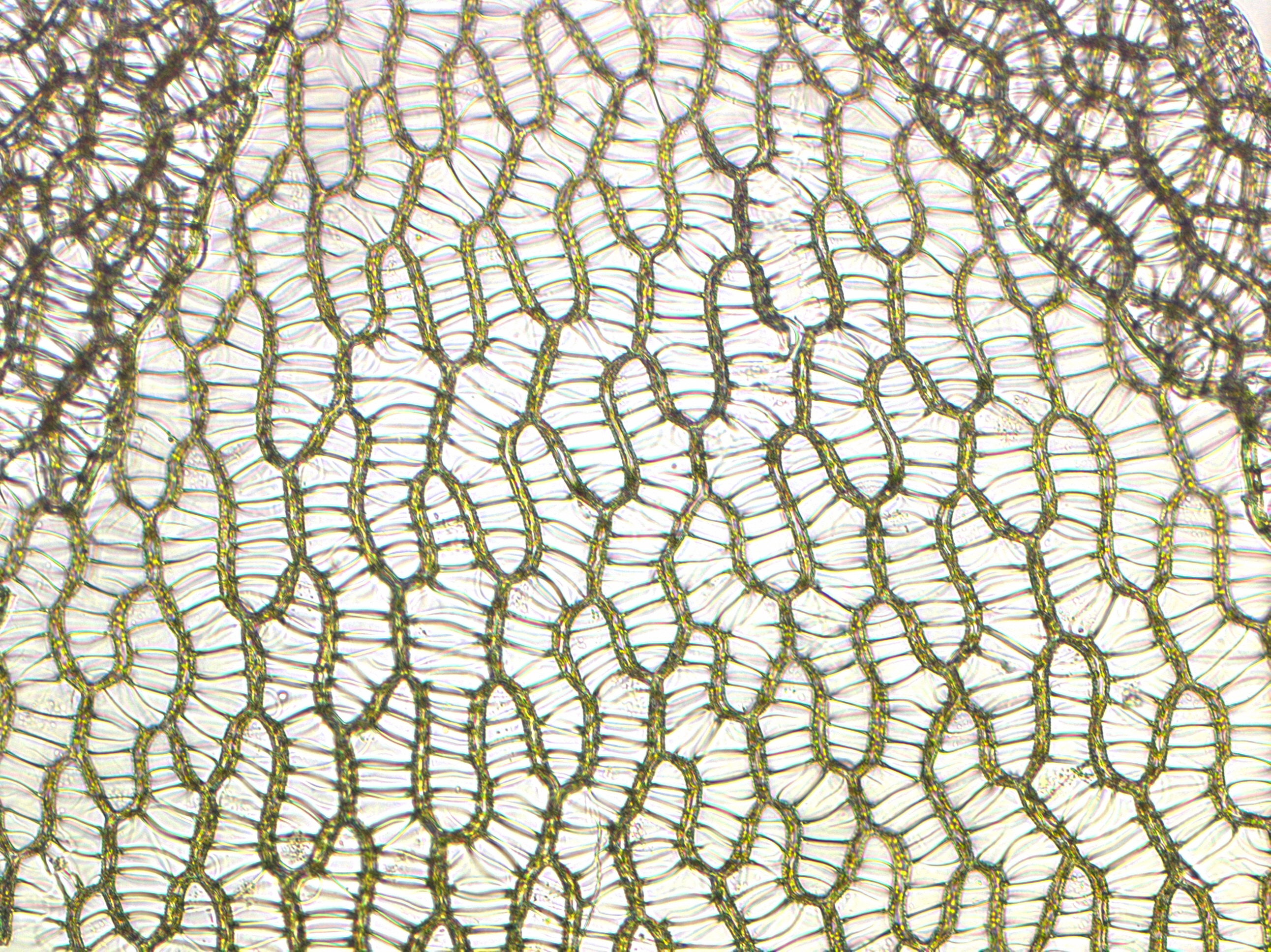|
Vaccinium Oxycoccos
''Vaccinium oxycoccos'' is a species of cranberry in the heath family. It is known as small cranberry, marshberry, bog cranberry, swamp cranberry, or (particularly in Britain) just cranberry. It occurs broadly across cooler climates in the temperate Northern Hemisphere. Description This cranberry is a small, prostrate shrub with vine-like stems that root at the nodes. The evergreen leaves are leathery and lance-shaped, up to long. The stems are a few centimeters tall, upon which are one to a few nodding flowers with four-petals. The corolla is white or pink and flexed backward away from the center of the flower. The fruit is a pink or red berry which has spots when young. It measures up to wide. The plant forms mycorrhizal associations. It mainly reproduces vegetatively. Its fruit persists for an average of 200 days, and bears an average of 7 seeds per fruit. Fruits average 86.4% water, and their dry weight includes 4.2% carbohydrates and 1.8% lipids. Distribution and habi ... [...More Info...] [...Related Items...] OR: [Wikipedia] [Google] [Baidu] |
Sphagnum Rubellum
''Sphagnum rubellum'', commonly known as the red peat moss, is a species of peat moss in the family Sphagnaceae. It forms low, reddish cushion plant, cushions in wet areas like bogs and poor fens across North America and Eurasia, particularly in regions with oceanic climates. The species can vary in colour from green to pink or deep crimson, and grows up to tall. Like other peat mosses, it plays an important role in forming and maintaining peatlands. This species is closely related to ''Sphagnum capillifolium, S. capillifolium'', with which it was historically confused, though genetic studies have confirmed them as distinct species. While they can occasionally interbreed where their populations overlap, they typically occupy different habitats – ''S. rubellum'' preferring open, wet bogs while ''S. capillifolium'' grows in drier, more shaded areas. ''Sphagnum rubellum'' is particularly well-adapted to wet, nutrient-poor conditions. It can transport water efficien ... [...More Info...] [...Related Items...] OR: [Wikipedia] [Google] [Baidu] |
Indicator Species
A bioindicator is any species (an indicator species) or group of species whose function, population, or status can reveal the qualitative status of the environment. The most common indicator species are animals. For example, copepods and other small water crustaceans that are present in many water body, water bodies can be monitored for changes (biochemical, physiological, or behavioural) that may indicate a problem within their ecosystem. Bioindicators can tell us about the cumulative effects of different pollution, pollutants in the ecosystem and about how long a problem may have been present, which Water pollution#Measurement, physical and chemical testing cannot. A biological monitor or biomonitor is an organism that provides quantitative property, quantitative information on the quality of Environment (biophysical), the environment around it. Therefore, a good biomonitor will indicate the presence of the pollutant and can also be used in an attempt to provide additional inform ... [...More Info...] [...Related Items...] OR: [Wikipedia] [Google] [Baidu] |
Rhododendron Canadense
''Rhododendron canadense'', the rhodora or Canada rosebay, is a deciduous flowering shrub that is native to northeastern North America. Classification Today's botanists consider the rhodora to be a distant relative of the other North American members of its genus, but the difference in floral structure did lead 19th century taxonomists to assign the plant its own genus ''Rhodora''. Its closest relative is '' Rhododendron vaseyi'' from the Appalachian Mountains, which differs in having seven stamens. DNA sequencing shows that ''R. vaseyi'' is not related to ''R. canadense'', but more to '' R. albrechtii''. Description It reaches a mature height of 0.5–1.2 m (approximately 1–3 feet). In early spring, it produces pinkish-purple flowers in clusters of 2–6 together; each flower is 2–3 cm (approximately 1 inch) in diameter, with a five-lobed purple corolla. The flowers are unusual in comparison with other species of the genus ''Rhododendron'' found in northeastern No ... [...More Info...] [...Related Items...] OR: [Wikipedia] [Google] [Baidu] |
Rubus Chamaemorus
''Rubus chamaemorus'' is a species of flowering plant in the rose family. Its English common names include cloudberry, Nordic berry, bakeapple (in Newfoundland and Labrador), knotberry and knoutberry (in England), aqpik or low-bush salmonberry (in Alaska – not to be confused with salmonberry, '' Rubus spectabilis''), and averin or evron (in Scotland). A herbaceous perennial, it produces amber-colored, edible fruit similar to the blackberry. It is native to cool temperate regions, alpine and Arctic tundra, and boreal forest. Description Unlike most ''Rubus'' species, the cloudberry is dioecious, and fruit production by a female plant requires pollination from a male plant. The cloudberry grows to high. The leaves alternate between having five and seven soft, handlike lobes on straight, branchless stalks. After pollination, the white (sometimes reddish-tipped) flowers form raspberry-sized aggregate fruits, which are more plentiful in wooded rather than sun-exposed habitats ... [...More Info...] [...Related Items...] OR: [Wikipedia] [Google] [Baidu] |
Rhododendron Groenlandicum
''Rhododendron groenlandicum'' (bog Labrador tea, muskeg tea, swamp tea, or in northern Canada, Hudson's Bay tea; formerly ''Ledum groenlandicum'' or ''Ledum latifolium'') is a flowering shrub with white flowers and evergreen leaves that is used to make a herbal tea. Description It is a low shrub growing to tall—rarely up to —with evergreen leaves long and broad. The leaves are wrinkled on top, densely hairy white to red-brown underneath, and have a leathery texture, curling at the edges. The tiny white flowers grow in hemispherical clusters and are very fragrant and sticky. Distribution and habitat It is reported from Greenland, as well as from every province and territory in Canada and in the north of the United States including the Northeast (New England, New York, Pennsylvania), the Northwest (Oregon, Washington, Idaho), parts of the Upper Midwest (Michigan, Wisconsin, Minnesota) and Alaska. It grows in bogs, muskegs, and open tundra, as well as occasionally on ... [...More Info...] [...Related Items...] OR: [Wikipedia] [Google] [Baidu] |
Sarracenia Purpurea
''Sarracenia purpurea'', the purple pitcher plant, northern pitcher plant, turtle socks, or side-saddle flower, is a carnivorous plant in the family Sarraceniaceae. Taxonomy The species is further divided into two subspecies, ''S. purpurea'' subsp. ''purpurea'' and ''S. purpurea'' subsp. ''venosa''. The former is found north of New Jersey north, while the latter is found south of New Jersey and tolerates warmer temperatures. In 1999, ''Sarracenia purpurea'' subsp. ''venosa'' var. ''burkii'' was described as a species of its own: ''Sarracenia rosea''. This re-ranking has been debated among carnivorous plant enthusiasts since then, but further Morphology (biology), morphological evidence has supported the split. The following species and infraspecific Taxon, taxa are usually recognized: *''Sarracenia purpurea'' subsp. ''purpurea'' **''Sarracenia purpurea'' subsp. ''purpurea'' f. ''heterophylla'' **''Sarracenia purpurea'' subsp. ''purpurea'' f. ''ruplicola'' (invalid) *''Sarracenia p ... [...More Info...] [...Related Items...] OR: [Wikipedia] [Google] [Baidu] |
Kalmia Polifolia
''Kalmia polifolia'', previously known as ''Kalmia glauca'' and commonly called bog laurel, swamp laurel, or pale laurel, is a perennial evergreen shrub of cold acidic bogs, in the family Ericaceae. It is native to north-eastern North America, from Newfoundland to Hudson Bay southwards. Etymology The genus 'Kalmia' is named after Pehr Kalm, a Swedish-Finn botanist, who was a student of Linnaeus. The species name, 'polifolia', is Latin for 'pole-leaves' or 'pole-petals'. The former species name, 'glauca', is Latin for gleaming or gray, a word ultimately derived from the Ancient Greek 'γλαυκός', meaning blue-green or blue-gray. History The plant was first described by Friedrich Adam Julius von Wangenheim, a German botanist. Distribution and habitat ''Kalmia polifolia'' is common throughout Northern North America, thriving along the Eastern American states and in Montana, as well as in every Canadian province except in British Columbia, although spottings have been reporte ... [...More Info...] [...Related Items...] OR: [Wikipedia] [Google] [Baidu] |
Andromeda Glaucophylla
''Andromeda polifolia'', common name bog-rosemary, is a species of flowering plant in the heath family Ericaceae, native to northern parts of the Northern Hemisphere. It is the only member of the genus ''Andromeda'', and is only found in bogs in cold peat-accumulating areas. ''Andromeda glaucophylla'' is a synonym of ''A. polifolia'' var. ''latifolia''. Description It is a small shrub growing to (rarely to ) tall with slender stems. The leaves are evergreen, alternately arranged, lanceolate, long and broad, dark green above (purplish in winter) and white beneath with the leaf margins curled under. The flowers are bell-shaped, white to pink, long; flowering is in late spring to early summer. The fruit is a small capsule containing numerous seeds. There are two varieties, treated as distinct species by some botanists: *''Andromeda polifolia'' var. ''polifolia''. Northern Europe and Asia, northwestern North America. *''Andromeda polifolia'' var. ''latifolia'' Aiton 789/sma ... [...More Info...] [...Related Items...] OR: [Wikipedia] [Google] [Baidu] |
Chamaedaphne Calyculata
''Chamaedaphne calyculata'', known commonly as leatherleaf or cassandra, is a perennial dwarf shrub in the plant family Ericaceae and the only species in the genus ''Chamaedaphne''. It is commonly seen in cold, acidic bogs and forms large, spreading colonies. Description ''Chamaedaphne calyculata'' is a low-growing, upright dwarf shrub up to 1.5 m tall. The leaves are alternately arranged on the branch and elliptical to oblong shaped, 1–4 cm long and 0.5-1.5 cm wide. The leaves are thick and leathery, dull green above with minute, silvery scales, and paler green or brownish beneath. The margins of the leaves are entire or slightly and irregularly toothed, with short petioles. The plant is evergreen but leaves often turn red-brown in winter. The lower stems extend into sphagnum, peat moss, or other substrate, and may persist even after fire or mild drought. The plant flowers in April to June, and is insect-pollinated. Flowers are small (5–6 mm long), white, and ... [...More Info...] [...Related Items...] OR: [Wikipedia] [Google] [Baidu] |
Understory
In forestry and ecology, understory (American English), or understorey (English in the Commonwealth of Nations, Commonwealth English), also known as underbrush or undergrowth, includes plant life growing beneath the Canopy (biology), forest canopy without penetrating it to any great extent, but above the forest floor. Only a small percentage of light penetrates the canopy, so understory vegetation is generally Shade tolerance, shade-tolerant. The understory typically consists of trees stunted through lack of light, other small trees with low light requirements, saplings, shrubs, vines, and undergrowth. Small trees such as holly and Cornus (genus), dogwood are understory specialists. In Temperate broadleaf and mixed forest, temperate deciduous forests, many understory plants start into growth earlier in the year than the canopy trees, to make use of the greater availability of light at that particular time of year. A gap in the canopy caused by the death of a tree stimulates the ... [...More Info...] [...Related Items...] OR: [Wikipedia] [Google] [Baidu] |
Sphagnum
''Sphagnum'' is a genus of approximately 380 accepted species of mosses, commonly known as sphagnum moss, also bog moss and quacker moss (although that term is also sometimes used for peat). Accumulations of ''Sphagnum'' can store water, since both living and dead plants can hold large quantities of water inside their cells; plants may hold 16 to 26 times as much water as their dry weight, depending on the species.Bold, H. C. 1967. Morphology of Plants. second ed. Harper and Row, New York. p. 225–229. The empty cells help retain water in drier conditions. As ''Sphagnum'' moss grows, it can slowly spread into drier conditions, forming larger mires, both raised bogs and blanket bogs. Thus, ''Sphagnum'' can influence the composition of such habitats, with some describing ''Sphagnum'' as 'habitat manipulators' or 'autogenic ecosystem engineers'. These peat accumulations then provide habitat for a wide array of peatland plants, including sedges and Calcifuge, ericaceous shrubs, as ... [...More Info...] [...Related Items...] OR: [Wikipedia] [Google] [Baidu] |
Hummock
In geology, a hummock is a small knoll or mound above ground.Bates, Robert L. and Julia A. Jackson, ed. (1984). "hummock." Dictionary of Geological Terms, 3rd Ed. New York: Anchor Books. p. 241. They are typically less than in height and tend to appear in groups or fields. Large landslide avalanches that typically occur in volcanic areas are responsible for formation of hummocks. From the initiation of the landslide to the final formation, hummocks can be characterized by their evolution, spatial distribution, and internal structure. As the movement of landslide begins, the extension faulting results in formation of hummocks with smaller ones at the front of the landslide and larger ones in the back. The size of the hummocks is dependent on their position in the initial mass. As this mass spreads, the hummocks further modify to break up or merge to form larger structures. It is difficult to make generalizations about hummocks because of the diversity in their morphology and se ... [...More Info...] [...Related Items...] OR: [Wikipedia] [Google] [Baidu] |






